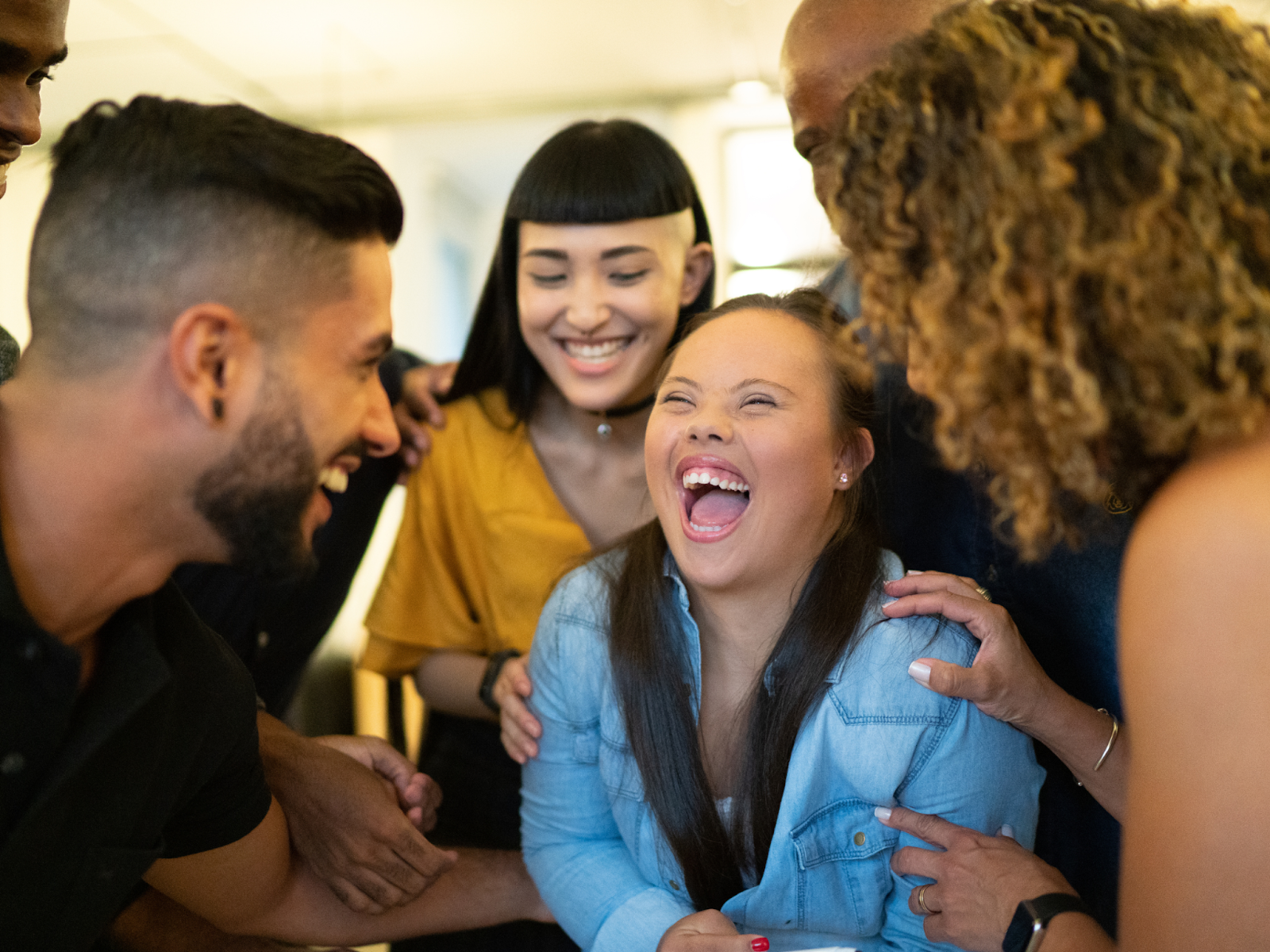Navigating disability is, for many people, a lifelong experience. Disabilities can make it hard to live independently and achieve personal goals. But targeted treatment and support options like therapy can help make these things easier. Therapy doesn’t always have to occur at a doctor’s office. Innovative and experiential therapy for disabilities helps individuals achieve their goals in fun, exciting, and new ways.
What is Experiential Therapy for Disabilities?
There is no single definition of experiential therapy. It’s a term used to describe many therapeutic methods and philosophies. But these therapies do have one thing in common: they use experience-focused activities to promote healing and personal growth.
The point of experiential therapy is to create real experiences that help feelings and beliefs come to the surface. In other words, this type of therapy helps you dig deep. It can help you discover emotions, thoughts, and behaviors you might not otherwise notice.
As a result, experiential therapy is a vital tool for many people with disabilities. It helps people push past traditional barriers and use creative techniques to achieve goals.
What about innovative therapy in disability care?
Another term used frequently in discussions about alternative therapies is innovative therapy. As the name suggests, innovative therapy is all about innovation. It’s another blanket term that refers to new or unconventional therapeutic methods. However, an innovative therapy has unproven effects or side effects.
Experiential therapies can be a form of innovative therapy, but they don’t have to be. Think of experiential therapy as one branch of a tree that includes many other unique and interesting practices.
Examples of Experiential Therapy for Disabilities
Since experiential therapy focuses on experiences, it usually involves hands-on activities. Accessibility is a huge perk of experiential therapy for disabilities, too. There are many kinds of experiential therapy to choose from, many of which can easily be tailored to a person’s unique needs.
1. Expressive / Creative Therapy
This is arguably the most popular type of experiential therapy, especially for people with disabilities. Creative therapy methods rely on some kind of creative expression to build skills, address feelings, and target needs.
- Art Therapy: This therapy uses the creative artistic process to target therapeutic goals. Art therapy has been shown to help people build awareness and important emotional exploration skills. These benefits can be helpful for people with learning, intellectual, developmental, and other disabilities.
- Music Therapy: Similar to art therapy, music therapy uses the creative process to achieve goals, but it relies on music (listening, creating, discussing, dancing, etc.) instead of physical art.
- Drama Therapy: This option uses drama or theater to build skills, practice social interaction, and more.
- Poetry Therapy: This or any form of writing therapy uses literature, poetry, etc., to help individuals with disabilities express themselves.
2. Animal-Assisted Therapy
Another common type of experiential therapy is animal-assisted therapy. Working with and caring for animals can help people with disabilities learn essential life skills. It also helps with socialization, stress management, and more.
- Equine Therapy: This therapy involves caring for and interacting with horses.
- Therapy Dogs: This might involve working with, playing with, or caring for them.
- Animal Care Therapy: This is a general term for any therapy centered around caring for animals large and small.
3. Adventure Therapy
Who said therapy can’t be fun? Some of the most memorable lessons come when we least expect them. Adventure therapy embraces this truth. It creates a space for participants to learn new things about themselves and the world and then brings these discoveries to a therapeutic setting.
Some examples of adventure therapy practices include:
- Playing games or trying out obstacle courses
- Going on expeditions or scavenger hunts
- Outdoor therapies or nature-based therapies
Final Thoughts
There’s no “right” way to manage your needs. Many people find that experiential therapy for disabilities helps them think about their lives in new ways, prompting changes that help them thrive.
Regardless of whether experiential therapies are for you, it helps to know there are many options out there for support.
For California residents, the California Self-Determination Program (SDP) is one such option. Regional Center clients can participate in the program to access funding, resources, and support that help them live a full, happy life.
NeuroNav is here to help you navigate the SDP and other important resources for people with disabilities. We invite you to contact us anytime to learn more about our mission.

.jpg)


